Alt-azimuth or equatorial? Which mount should you choose for your telescope?
Choosing a mount for your telescope is a crucial step, as important as choosing the instrument itself. The mount ensures stability and tracking of celestial objects, directly influencing the quality of your observations and photographs. In light of the two main types of mounts — alt-azimuth and equatorial — it is essential to understand how they work, their advantages and disadvantages to make an informed choice.
\nThe Alt-Azimuth Mount
\nThe alt-azimuth mount, or alt-az, allows movement on two axes: altitude (up-down) and azimuth (left-right). This type of mount is often favored for its simplicity and ease of use.
\nAdvantages:
\n- \n
- \nEase of use: Ideal for beginners, it does not require complex polar alignment. \n
- \nLightweight and portability: Often lighter, it is easy to transport, which is advantageous for mobile observing. \n
- \nVersatility: Suitable for terrestrial and astronomical observing. \n
Disadvantages:
\n- \n
- \nManual tracking: Without motorization, tracking celestial objects requires constant adjustments on both axes, which can be tedious at high magnification. \n
- \nLimited astrophotography: Less suited for long exposures needed for deep-sky photography due to field rotation. \n
Alt-azimuth mounts are therefore particularly suited to visual observation, especially for beginners or for terrestrial observing.
\nThe Equatorial Mount
\nThe equatorial mount is designed to compensate for Earth's rotation, facilitating the tracking of celestial objects. It has two axes: right ascension (parallel to Earth's rotation axis) and declination (perpendicular to the right ascension).
\nAdvantages:
\n- \n
- \nSimplified tracking: Once polar aligned, tracking objects is done by adjusting a single axis, making observation more comfortable, especially at high magnification. \n
- \nFacilitated astrophotography: Essential for deep-sky photography, it allows long exposures without field rotation. \n
Disadvantages:
\n- \n
- \nComplexity of polar alignment: Requires precise alignment with the celestial pole, which can be tricky for beginners. \n
- \nWeight and bulk: Generally heavier and bulkier, especially with counterweights needed for balancing. \n
- \nCost: Often more expensive due to its mechanical complexity. \n
Equatorial mounts are therefore recommended for astronomers looking to invest in astrophotography or requiring precise tracking of celestial objects.
\nComparison of Uses
\nVisual observation:
\n- \n
- \nAlt-azimuth mount: Sufficient for planetary and lunar observation. \n
- \nEquatorial mount: Provides smoother tracking, particularly useful at high magnification. \n
Astrophotography:
\n- \n
- \nAlt-azimuth mount: Limited for deep-sky photography due to field rotation. \n
- \nEquatorial mount: Essential for long exposures and high-quality images. \n
Portability:
\n- \n
- \nAlt-azimuth mount: Lighter and easier to transport. \n
- \nEquatorial mount: Heavier and bulkier, less suited to frequent travel. \n
Budget:
\n- \n
- \nAlt-azimuth mount: Generally more affordable. \n
- \nEquatorial mount: Higher cost due to its complexity. \n
Conclusion
\nThe choice between an alt-azimuth mount and an equatorial mount depends on your specific needs, your level of experience, and your goals in astronomy. For simple and portable use, the alt-azimuth is appropriate. If you are considering astrophotography or prolonged high-magnification observations, the equatorial will be more suitable. Carefully evaluate your priorities to make the most informed choice.
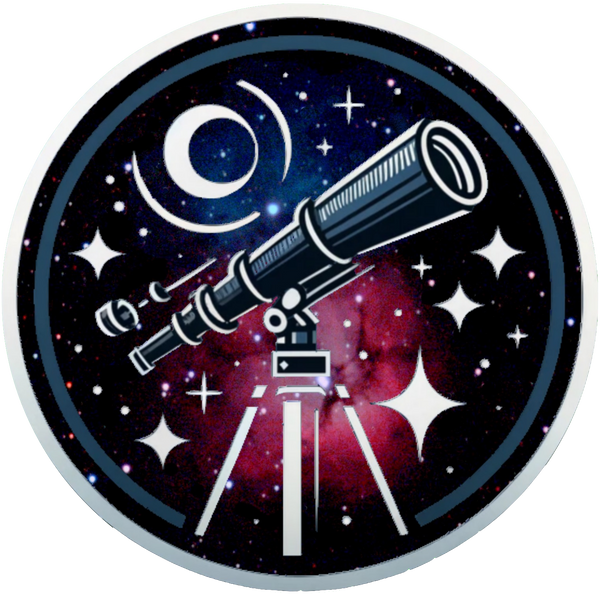
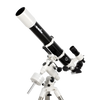 All
All
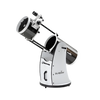 Dobson
Dobson
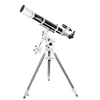 Refractors
Refractors
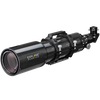 Ed & Apochromates
Ed & Apochromates
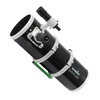 Newtonian reflector
Newtonian reflector
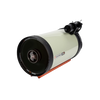 Schmidt Cassegrain
Schmidt Cassegrain
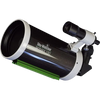 Maksutov-Cassegrain
Maksutov-Cassegrain
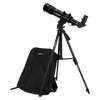 Solar
Solar
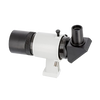 Researcher
Researcher
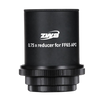 Focal reducer
Focal reducer
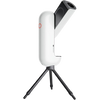 Intelligent
Intelligent
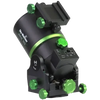 All
All
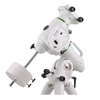 Equatorial
Equatorial
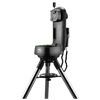 Alt/Az
Alt/Az
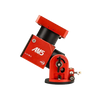 Harmonic
Harmonic
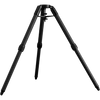 Tripods
Tripods
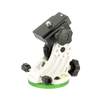 Accessories
Accessories
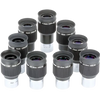 All
All
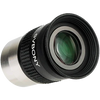 Wide angle
Wide angle
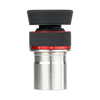 Zoom eyepieces
Zoom eyepieces
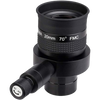 Reticulated eyepieces
Reticulated eyepieces
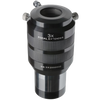 Barlow
Barlow
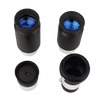 Plössl
Plössl
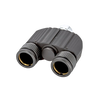 Binoculars
Binoculars
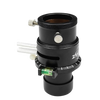 Atmospheric Corrector
Atmospheric Corrector
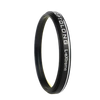 All
All
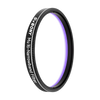 Visual
Visual
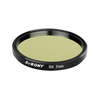 Photo
Photo
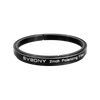 Polarisants
Polarisants
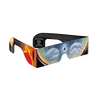 Solar Filters
Solar Filters
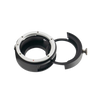 Accessories
Accessories
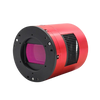 All
All
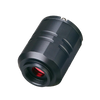 Color Cameras
Color Cameras
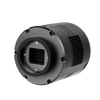 Monochrome Cameras
Monochrome Cameras
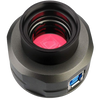 Planetary/Guiding
Planetary/Guiding
 Objectives
Objectives
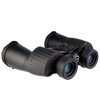 All
All
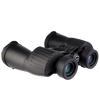 Binoculars
Binoculars
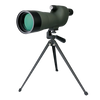 Spotting Scope and Monocular
Spotting Scope and Monocular
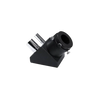 Elbows
Elbows
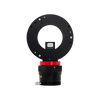 Optical Divider
Optical Divider
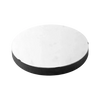 Mirrors
Mirrors
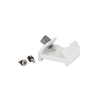 All
All
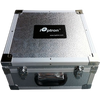 Bags and protections
Bags and protections
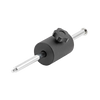 Supports and counterweights,
Supports and counterweights,
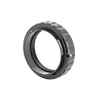 Camera adapters
Camera adapters
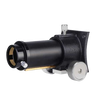 Focuser
Focuser
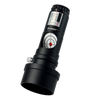 Collimation
Collimation
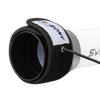 Heating band
Heating band
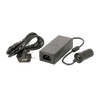 Cables
Cables
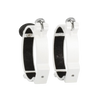 Collars
Collars
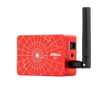 Computers
Computers
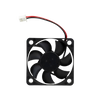 Fans
Fans
 Others
Others
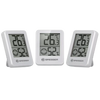 All
All
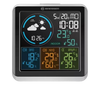 Weather Station
Weather Station
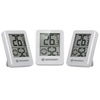 Thermometer
Thermometer
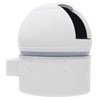 All
All
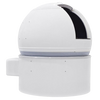 Observatory/Domes
Observatory/Domes
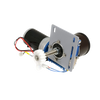 Accessories
Accessories
 Askar
Askar
 Baader
Baader
 Bresser
Bresser
 Celestron
Celestron
 Explore Scientific
Explore Scientific
 GSO
GSO
 Optolong
Optolong
 Touptek
Touptek
 Vixen
Vixen
 ZWO
ZWO